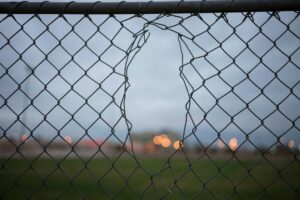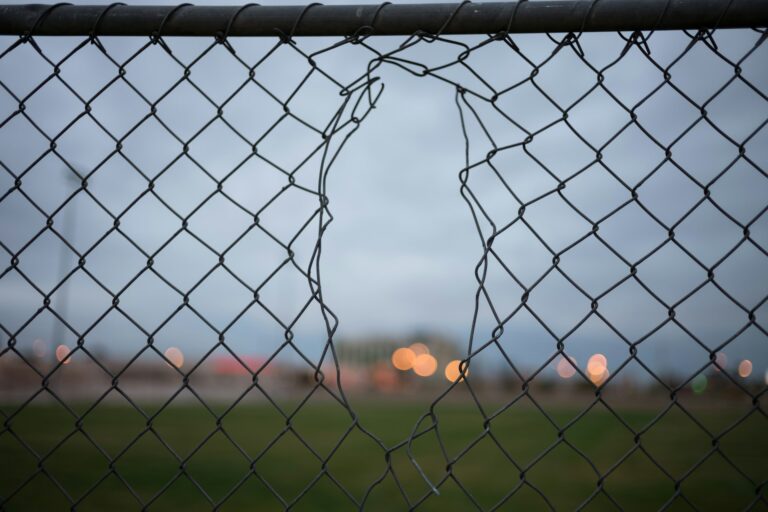The impact of climate change is alarming. The European Parliamentary Research Service reports that climate migrants are expected to rise to between 25 million and 1 billion by 2050. In 2022 alone, there were 32.6 million people who were internally displaced by environmental disasters, reported the Norwegian Council. While it is known that many internally displaced individuals move to another country, the data is not precise. The lack of precise data makes it difficult for an international framework to be established to address the issue.
Despite the lack of data, a comparative snapshot highlights the situation. “Afghanistan is the most strongly affected by natural hazard displacements, with 1,117,000 people displaced because of climate disasters in 2020. In 2022, Afghanis were the second-largest group, by nationality, of asylum seekers in the EU.”
Environmental refugees, now called climate migrants, were first mentioned as early as 1985 by the UN Environment Programme (UNEP) expert Essam El-Hinnawi. He defined ‘environmental refugees’ as: ‘those people who have been forced to leave their traditional habitat, temporarily or permanently, because of marked environmental disruption (natural and/or triggered by people) that jeopardized their existence and/or seriously affected the quality of their life’.
However, as an environmental refugee or climate migrant, a person is not able to legally secure asylum protection as a refugee due to race, religion, nationality, membership of a particular social group or political opinion as stated in the 1951 Refugee Convention.
Until a framework is adopted internationally, individuals who somehow manage to find their way through the asylum procedure, are met with shelter and food provided by the United Nations Office of the High Council for Refugees (UNHCR). Language courses are offered only in some countries as part of their reception process in a new country. Beyond that, national government agencies in some countries provide varied offerings of language courses.
Now let’s reframe the data from the European Parliamentary Research Service in light of the above. The impact of climate change is alarming. 25 million to 1 billion climate migrants will need language proficiency to integrate into new communities. Of the 32.6 million people who were internally displaced, many who moved to another country will also need to have language proficiency.
Beyond food and shelter, language requires as much support and resources. However, language barriers impede effective communication and integration, says the Internal Displacement Monitoring Centre, Based on the International Organization for Migration’s data, refugees often face disruptions in cultural identity due to climate displacement. Language barriers compound these issues, hindering effective integration. UNHCR’s data reveals that language barriers impede access to education for displaced individuals.
In fact, language acquisition is nowhere to be found in the UN’s Sustainable Development Goals (SDGs). Yet, closer inspection of those related to climate change, it’s easy to see that language acquisition will be vital for displaced individuals.
Kusala Institute in partnership with free access to the Latudio app offers a language acquisition journey that goes beyond just memorizing vocabulary. It’s method is based on a more natural approach through listening which is optimized through a tap-and-translate feature in their mother tongue. To be valuable to the daily life of a refugee, Latudio is adding “conversational” content for talking to a landlord, a doctor or nurse, a principal or teacher, work in a fast food restaurant, and even talking about one’s asylum procedures.
There’s a mountain of content and features that are being envisioned. Having more financial support allows the app in the hands of those in need sooner. The sooner they can get more support for their language acquisition, the sooner they will be able to integrate and engage in their new countries’ economies.







